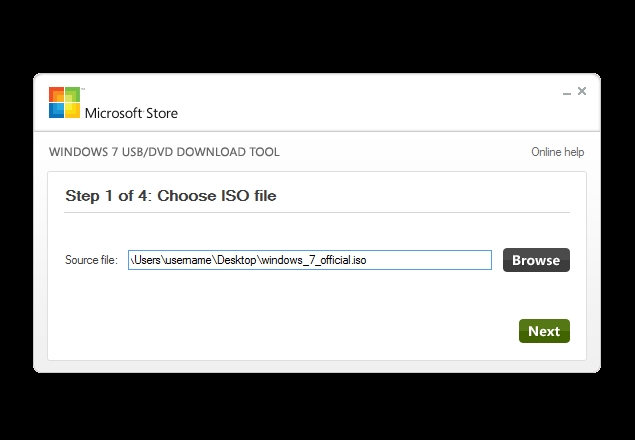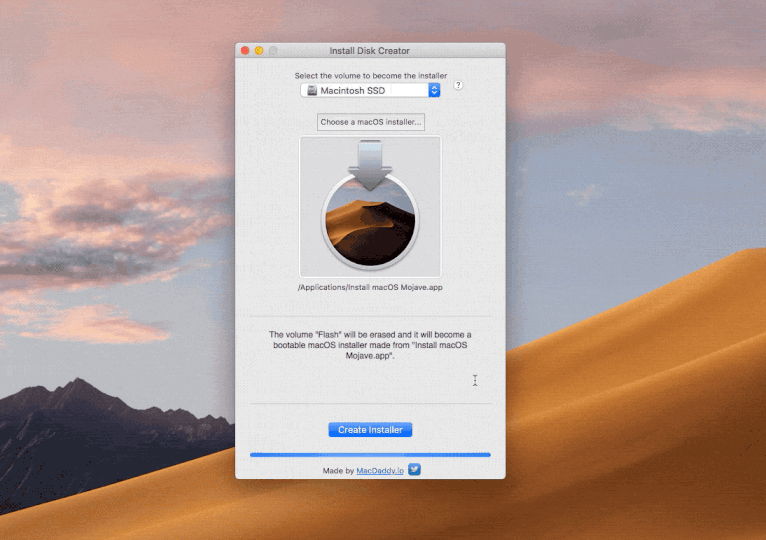


If you do not have an ISO image and want to create ISO from CD, it is very easy to create with ISO tools or CD burning tools CDBurnerXp and ImgBurn which are freely available. Prior to making a Windows bootable USB or Linux bootable USB you need to have a USB flash drive of minimum 4GB capacity and ISO image file of Windows or Linux etc. Rufus helps format and create bootable usb disk for Windows and Linux both. This tool is portable which means you do not need to install this, just double click on Rufus.exe and it will launch.

To format the partition, type format fs=ntfs quick, and then click ENTER.Rufus is one of the quickest tool among other tools used to create bootable USB from ISO images.

To select the partition that you just created, type select partition 1, and then click ENTER. To create a new primary partition on the USB flash drive, type create partition primary, and then click ENTER. This command deletes all data from the USB flash drive. Note the drive number or drive letter of the USB flash drive.Īt the command prompt, type select disk, where X is the drive number or drive letter of the USB flash drive, and then click ENTER. The list disk command displays all the disks on the computer. In the new command line window that opens, to determine the USB flash drive number or drive letter, at the command prompt, type list disk, and then click ENTER. Open a Command Prompt window as an administrator. Insert a USB flash drive into a running computer. Restore or repair your server running Windows Server Essentials Restore a full system from an existing client computer backup To create a bootable USB flash drive for use in recovering or reinstalling Windows on a PC instead of a server, see Create a recovery drive.įor additional scenarios in which you may want to create or use a bootable USB flash drive, see the following topics:


 0 kommentar(er)
0 kommentar(er)
